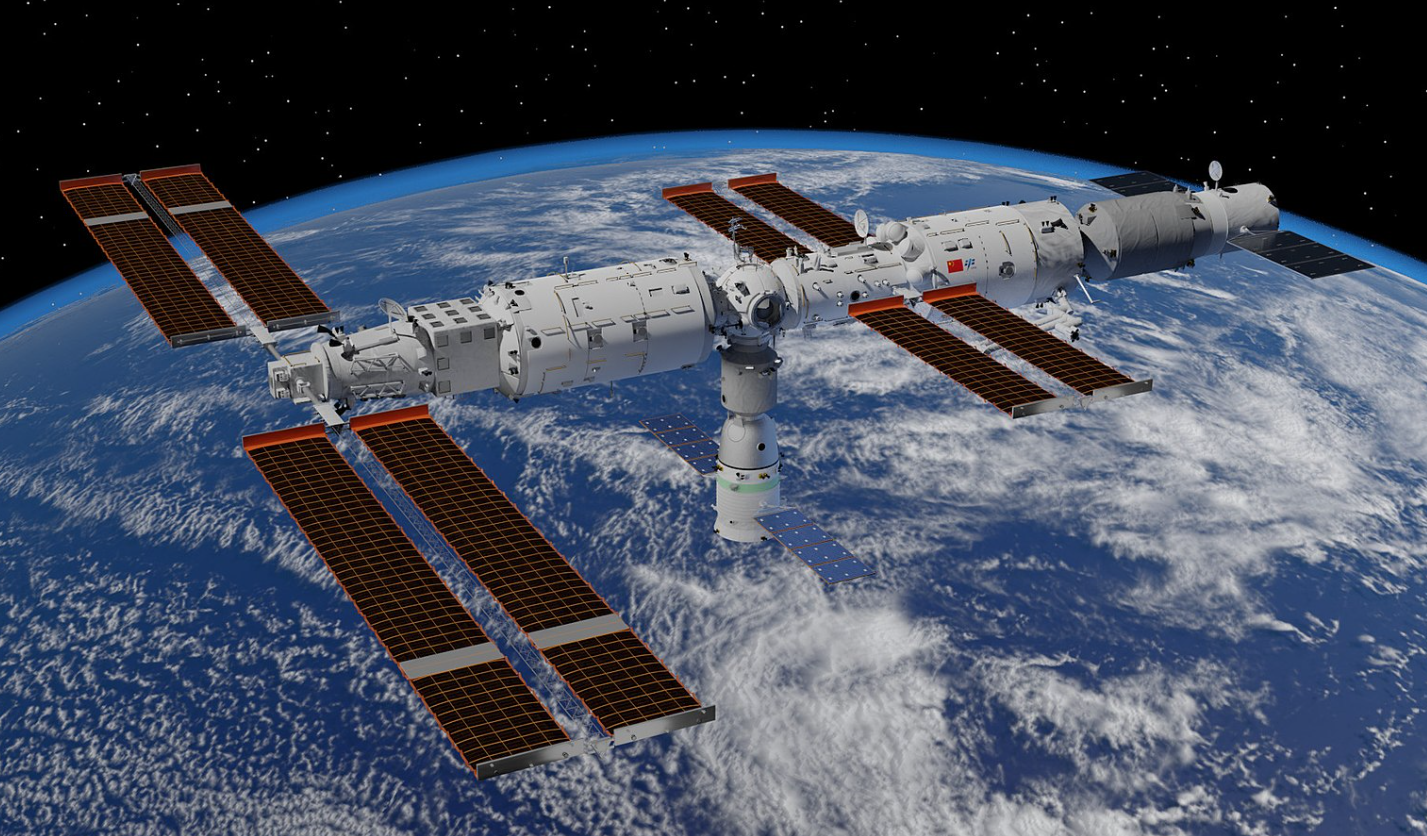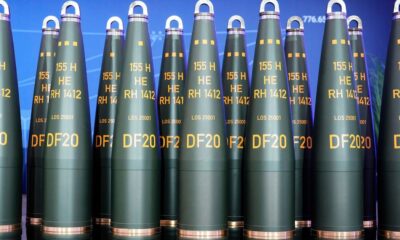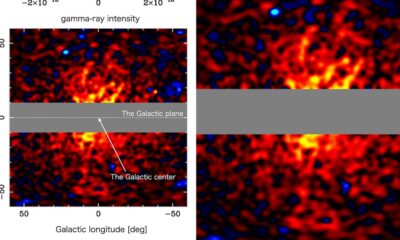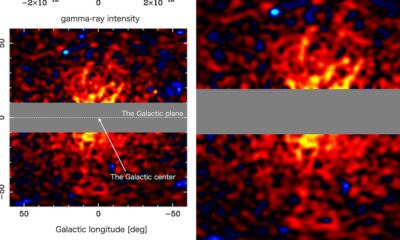Science
China’s Wukong Spacesuit Advances AI Performance in Space

China has made a significant leap in artificial intelligence (AI) applications in space with the successful deployment of the Wukong spacesuit during a recent spacewalk at the Tiangong space station. Named after the legendary figure from Chinese folklore, Sun Wukong, the suit is designed to provide astronauts with real-time guidance and information, enhancing their ability to operate effectively in challenging environments.
The Wukong spacesuit features an advanced AI system that offers immediate access to crucial operational resources. It marks a notable step forward in the use of AI in space exploration, a field that has been slow to adopt such technology despite its potential benefits. Spacewalks present complex challenges, and the ability of AI to navigate and respond to these conditions is a test of its capabilities beyond simple programmed functions.
While the Wukong spacesuit showcases the potential of AI in space, it stands in contrast to current initiatives by NASA, where AI applications are primarily focused on medical support rather than direct operational tasks. This disparity highlights a broader conversation about the role of AI in space exploration and raises questions about the definitions and expectations of “AI dominance.”
Many critics argue that the current discourse surrounding AI often misrepresents its capabilities. Phrases like “AI dominance” can obscure the technology’s actual status, which is still in its early developmental stages. As AI technology continues to evolve, it faces challenges in demonstrating its reliability and functionality in high-stakes environments like space.
One of the core issues is how AI is often perceived through the lens of “chatbot mode.” This perception can lead to misunderstandings about what AI can truly accomplish. The effectiveness of AI should not be merely measured by its interaction with humans but rather by its ability to perform specific tasks autonomously and efficiently.
In the context of space, this is especially critical. A malfunctioning AI system could have dire consequences. The reliability and functionality of AI in space missions must be paramount, as any liabilities could jeopardize not only missions but also the safety of astronauts.
The advancements made by the Wukong spacesuit are prompting discussions about the need for international collaboration in AI development for space applications. The United States and China, as leading spacefaring nations, have a unique opportunity to align their efforts and establish standards that prioritize safety and effectiveness in the use of AI.
As the conversation around AI continues to evolve, it is essential to focus on its practical applications and real-world value. The success of projects like the Wukong spacesuit demonstrates that AI can play a critical role in enhancing human capabilities in space, provided it is developed and implemented with a clear understanding of its potential and limitations.
In summary, China’s Wukong spacesuit represents a significant advancement in AI technology in space. As AI continues to develop, both China and the United States must work together to ensure these technologies are harnessed responsibly and effectively, paving the way for future innovations in space exploration.
-

 Politics4 weeks ago
Politics4 weeks agoSecwepemc First Nation Seeks Aboriginal Title Over Kamloops Area
-

 World5 months ago
World5 months agoScientists Unearth Ancient Antarctic Ice to Unlock Climate Secrets
-

 Entertainment5 months ago
Entertainment5 months agoTrump and McCormick to Announce $70 Billion Energy Investments
-

 Science5 months ago
Science5 months agoFour Astronauts Return to Earth After International Space Station Mission
-

 Lifestyle5 months ago
Lifestyle5 months agoTransLink Launches Food Truck Program to Boost Revenue in Vancouver
-

 Technology3 months ago
Technology3 months agoApple Notes Enhances Functionality with Markdown Support in macOS 26
-

 Lifestyle3 months ago
Lifestyle3 months agoManitoba’s Burger Champion Shines Again Amid Dining Innovations
-

 Top Stories2 months ago
Top Stories2 months agoUrgent Update: Fatal Crash on Highway 99 Claims Life of Pitt Meadows Man
-

 Politics4 months ago
Politics4 months agoUkrainian Tennis Star Elina Svitolina Faces Death Threats Online
-

 Sports5 months ago
Sports5 months agoSearch Underway for Missing Hunter Amid Hokkaido Bear Emergency
-

 Politics5 months ago
Politics5 months agoCarney Engages First Nations Leaders at Development Law Summit
-

 Technology5 months ago
Technology5 months agoFrosthaven Launches Early Access on July 31, 2025





















